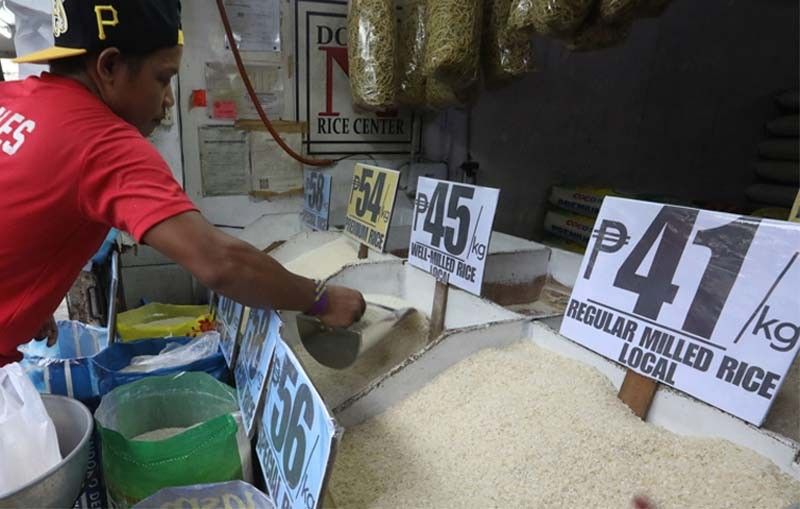‘Price cap effective only in short term’

MANILA, Philippines — The head of the Marcos administration’s economic team has maintained that the price cap on rice should serve as a short-term measure only, with some experts warning of more problems should the regulation be prolonged.
Finance Secretary Benjamin Diokno said the price cap serves as a short-term measure against non-competitive practices by some market players.
“Price control has a pretty good chance of success only in the near term,” Diokno told The STAR in a Viber message.
“If allowed to linger for longer it leads to some unwanted consequences,” he said.
These consequences, he said, may include the continued disappearance of rice supply.
“Output will also fall as farmers are discouraged to plant, and importers will refuse to import because the suggested domestic retail price is lower than the implied landed costs of imports,” Diokno said.
As rice prices continue to pick up, President Marcos issued an executive order last week, capping the price of regular milled rice at P41 per kilogram and P45 a kilo for well-milled rice.
Asked what the exact timeline of “near term” is, Diokno said: “It is reasonable to assume, however, that the right time to lift the price control is when the conditions for its imposition no longer exist.”
For instance, the rice harvest season is just around the corner and some rice imports are expected soon, he said.
Diokno also noted that the government recognizes the price cap’s adverse impact on rice retailers and farmers.
“It is crucial that the government ensures sufficient rice supply at reduced prices, avoids non-competitive behavior in the rice industry, and pursues targeted programs to protect vulnerable sectors,” Diokno said.
Economists have warned that prolonging the price ceilings could have repercussions in the long term.
ING Bank senior economist Nicholas Mapa said price caps may result in the emergence of inefficiencies with regard to supply and demand, which could eventually lead to shadow or black market trading.
“Non-market practices can lead to inefficiencies, with economic agents likely to adjust to the price caps possibly by holding on to supply longer than they would had pure market competition taken place,” Mapa said in a Viber message.
“Problems may also arise for temporary price caps as this may actually encourage hoarding, as those with supply hold on to stocks and wait until the price cap is lifted,” he said.
For Leonardo Lanzona, economist and professor at the Ateneo De Manila University, the only way to sustain the price cap is for the government to subsidize the shortage artificially produced by the policy.
In effect, the government needs to shift the supply either by increasing the farm output or rice imports and doing so would just result in either more debts or taxes.
“Given that we are already in a debt crisis and we are already scraping the bottom in terms of our taxes, this price regulation needs to end as soon as possible,” Lanzona said in another exchange.
“Prices can stay at the cap, but unless more government funds are provided to support these programs, the long lines of people buying rice which were last seen in the first Marcos administration will begin to sprout again,” he said.
Mapa, on the other hand, emphasized that it may still be too early to tell on how the price cap would pan out.
But he said the government must continue to work to ensure supply can hit consumers to help prices clear at market determined levels.
- Latest
- Trending



























